What to Feed Your Baby in Year 1: Starting Solids
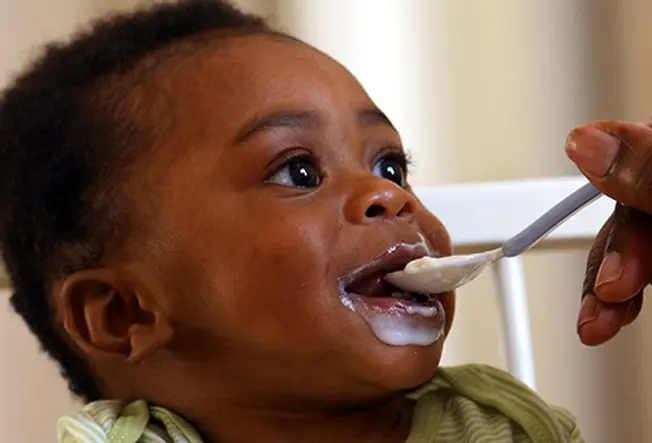
Start Solids at 4-6 Months
That's the recommended time to introduce solid foods. But it's not just about age. Before starting solids, your baby should be able to sit up (with support), turn their head away, and make chewing motions. They should also be past the reflex that makes them spit out anything including liquids.
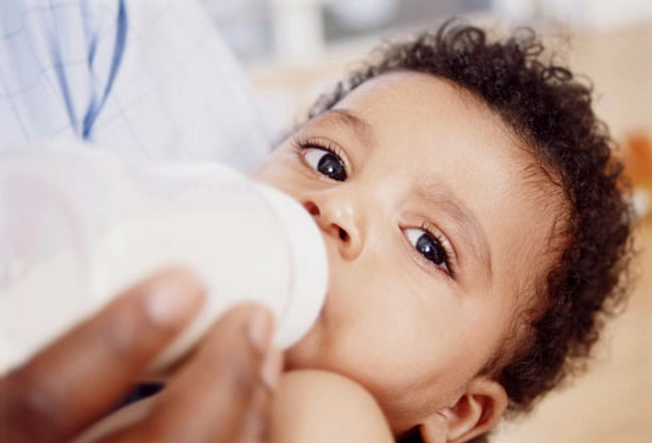
Keep Going With Breast Milk or Formula
Babies usually don't eat a lot of solid foods right away. So think of solids as something you’re adding to your baby's diet, not as a replacement for breast milk or formula. Remember, you're introducing solid foods, not totally changing your baby's diet or eliminating milk. That will happen gradually.
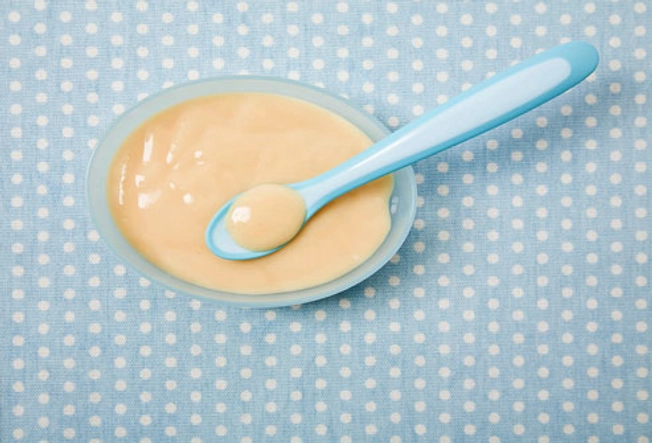
Why Start With Rice Cereal?
You don’t have to -- there's no hard-and-fast rule about what solid foods you should start your baby on first. in fact, you don't have to start with cereal at all. But if you do, try a single-grain, iron-fortified infant cereal with a neutral to no flavor. It also will be a bit easier to notice any food allergies than with a cereal made from several grains. You may want to mix it with formula or breast milk to get a runny consistency at first, so it's not a drastic change for your baby. Gradually thicken it more until your baby gets used to the new texture.
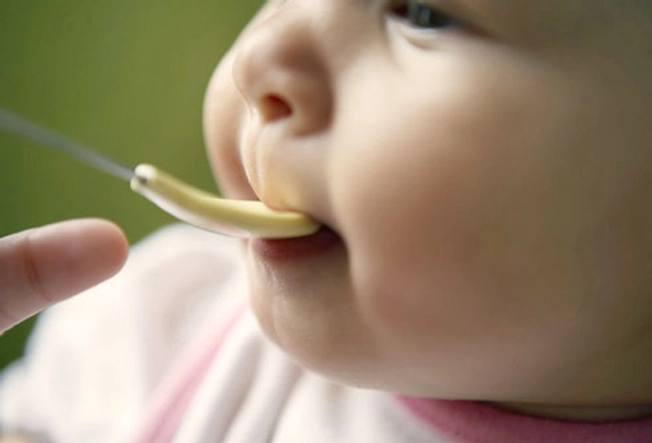
Eating Solids Takes Practice
It may seem like it’s something natural, but being fed by a spoon is new to your baby. Up until now, they have only had a liquid diet. They’ll need practice to get used to the spoon and to the feel of having solid food in their mouth. So don't expect them to eat a whole lot -- maybe a teaspoon or two at a time -- when you start. Instead of trying to get them to eat a certain amount, focus on letting them get used to the experience.
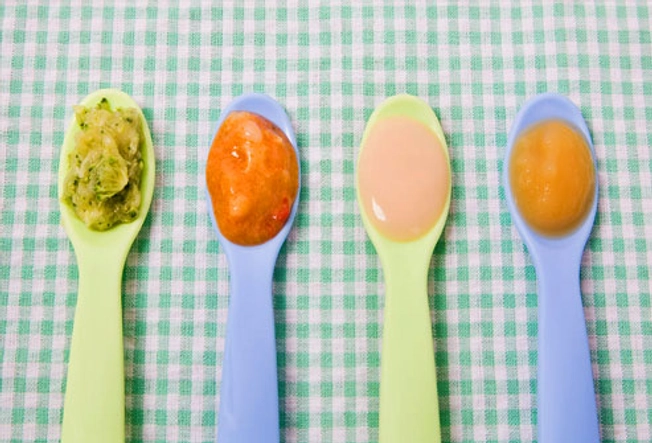
Start Fruits and Vegetables, One at a Time
Fruits, vegetables, grains, and even pureed meats can all be on the menu for your baby. You may want to introduce them one at a time to see how your little one reacts to the flavor and texture and to make sure no allergies develop. If your baby won't eat them at first, try again later. Babies need to reject a food at least 5 to 10 times on different occasions before you can truly say they don't like the food. Tell your pediatrician if you think your baby might have any food allergies to any new foods tried. Use soft baby food from a jar, or soften foods by heating and/or pureeing them. Put just enough on the spoon for your baby to swallow easily. Don't force feed the food.
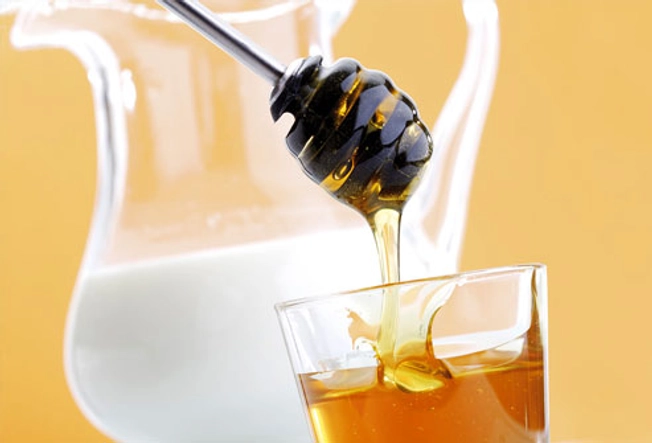
Avoid Milk and Honey
Most pediatricians say you should wait until after your baby's first birthday to start offering cow's milk. That’s because nutritionally it doesn't measure up to Mother's milk or have the nutritional value of specially developed formulas. And, don't give honey to babies younger than 1 year. That’s because of a possible botulism risk that a baby's developing immune system can't fend off.
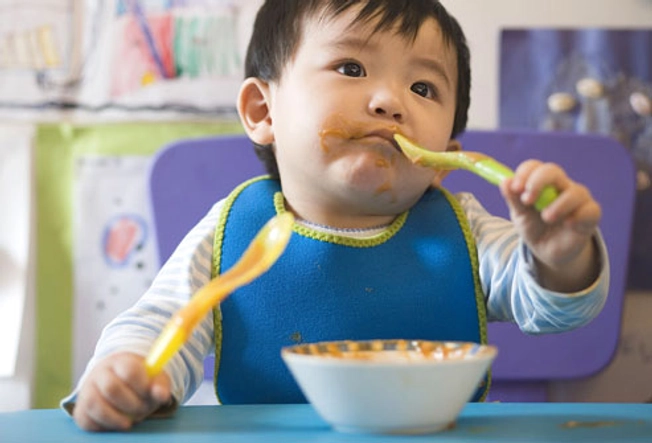
Stop When Baby's Ready to Stop
Your baby will let you know when they are done eating. They might swat at the spoon, turn their head away, zip their lips tightly, spit out whatever you put in their mouth, or cry. Don't make them eat more than they want. Kids will eat when they're hungry and stop when they're full. Honoring those instincts may help them avoid overeating now and when they get older.
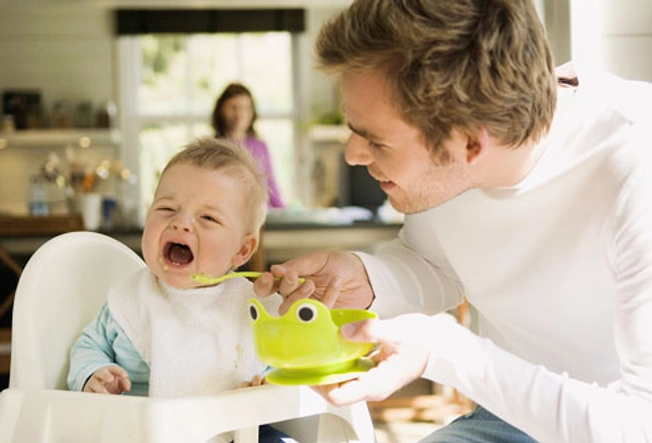
Got a Fussy Eater? Don't Fret
Just because your baby doesn't immediately like a new food doesn't mean they are doomed to be picky forever. Wait a few days and try again. And again. And again … It may take your child more than a couple of times before they are ready to give peas a chance. Remember, you're a role model, so your baby may be more interested in foods they see you eating and enjoying. But don't force your child to eat, and don't make a big deal about new foods.
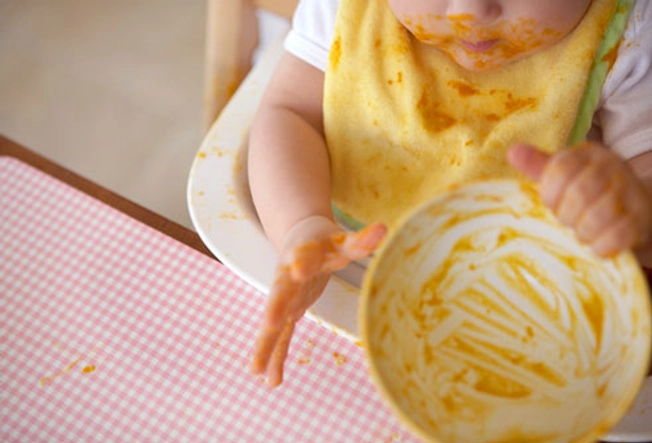
It's Going to Get Messy
As your baby grows, they'll try to feed themselves. Chances are, a good bit of food is heading for their face, hands, hair, bib, clothes, or high chair tray -- not to mention you or any surfaces within flinging range. Learning to eat solid food is a full-body, tactile experience for your baby. Put a mat underneath their highchair to catch some of the mess, dress accordingly, and be patient -- this phase won't last forever.
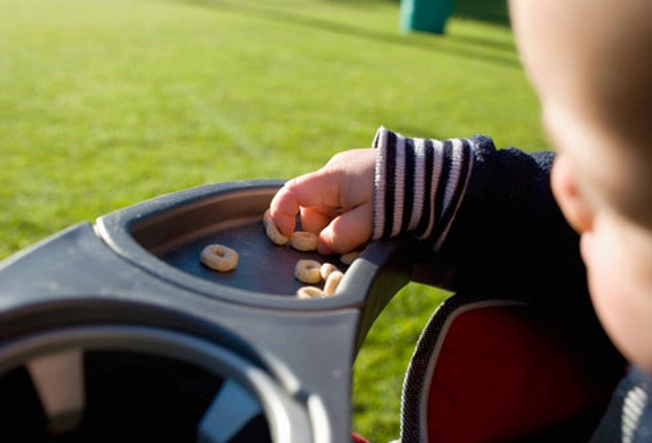
Try Finger Foods When Baby's Ready
Around 9 months or so, your baby will be able to pick up small pieces of soft table food to eat. You'll still need to spoon-feed for a while, and continue formula or breast milk. Some great "finger foods" include ripe banana pieces, cooked chunks of carrots, cottage cheese, well-cooked pasta, dry cereal, and scrambled eggs. Avoid choking hazards like hard candy, chips, raw vegetables, grapes or raisins, hard cheese, and whole hot dogs.
Show Sources
IMAGES PROVIDED BY:
(1) Getty Images
(2) Image100
(3) Image Source
(4) Corbis
(5) Image Source
(6) Creativ Studio Heinemann / Westend61
(7) Corbis
(8) Eric Audras / Onoky
(9) Christa Renee / Stone
(10) Charles Gullung / Photonica
REFERENCES:
American Academy of Pediatrics: "Parenting Corner Q&A: Starting Solid Foods," "How Do I Know if My Child is Eating Enough?" "Vitamin D Deficiency Clinical Report: Patient FAQs."
FDA: "Food Safety for Moms to Be: Once Baby Arrives," "When Should Solid Foods Be Added to a Baby's Diet?"
KidsHealth.org: "Finer Foods for Babies."